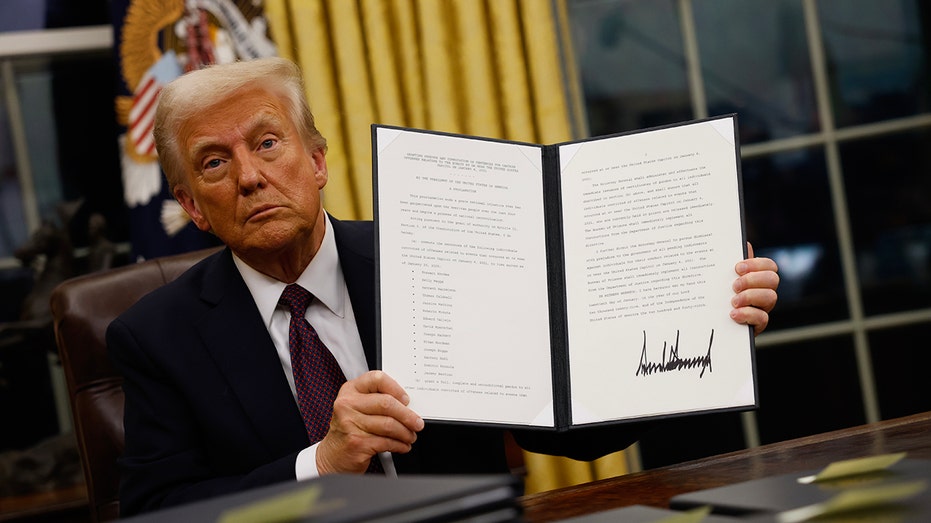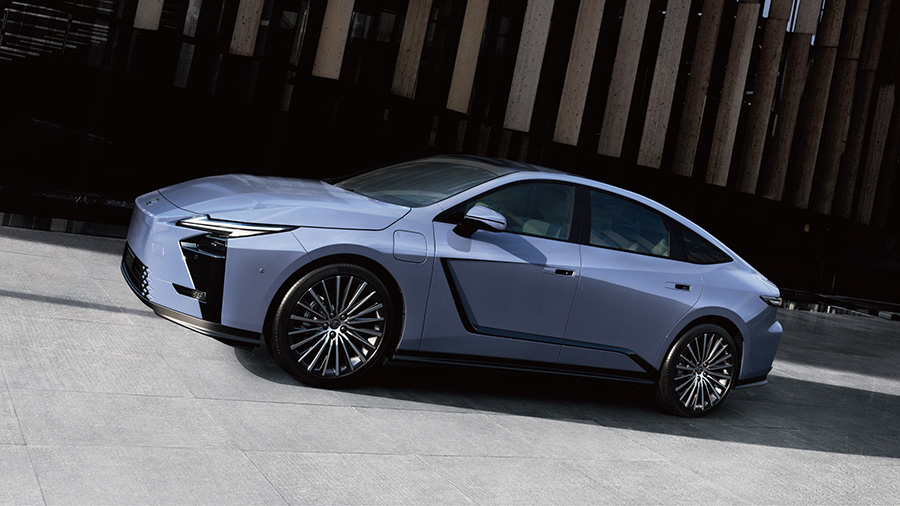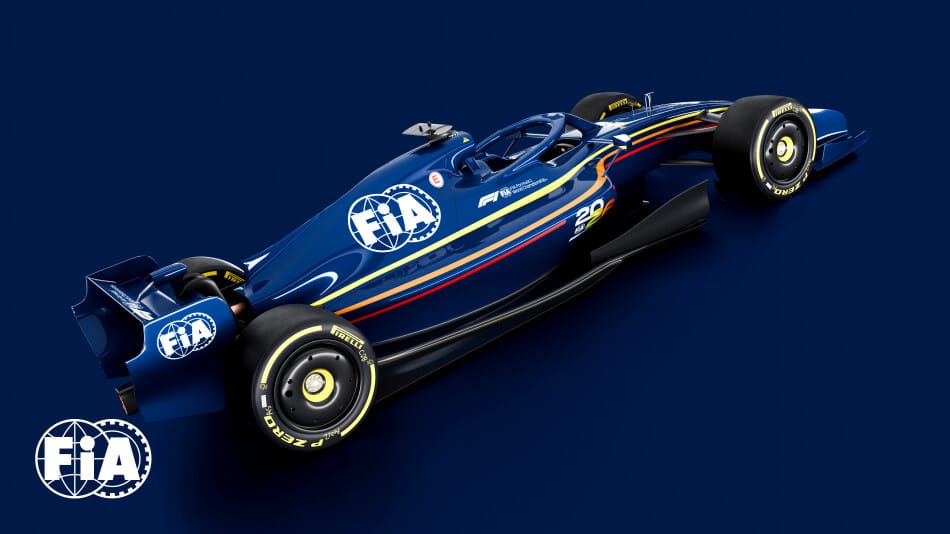F1 butchered its 2026 cars for an ideal it might now discard
F1's 2026 chassis and tyre rules were butchered for a core engine concept that now might not even happen
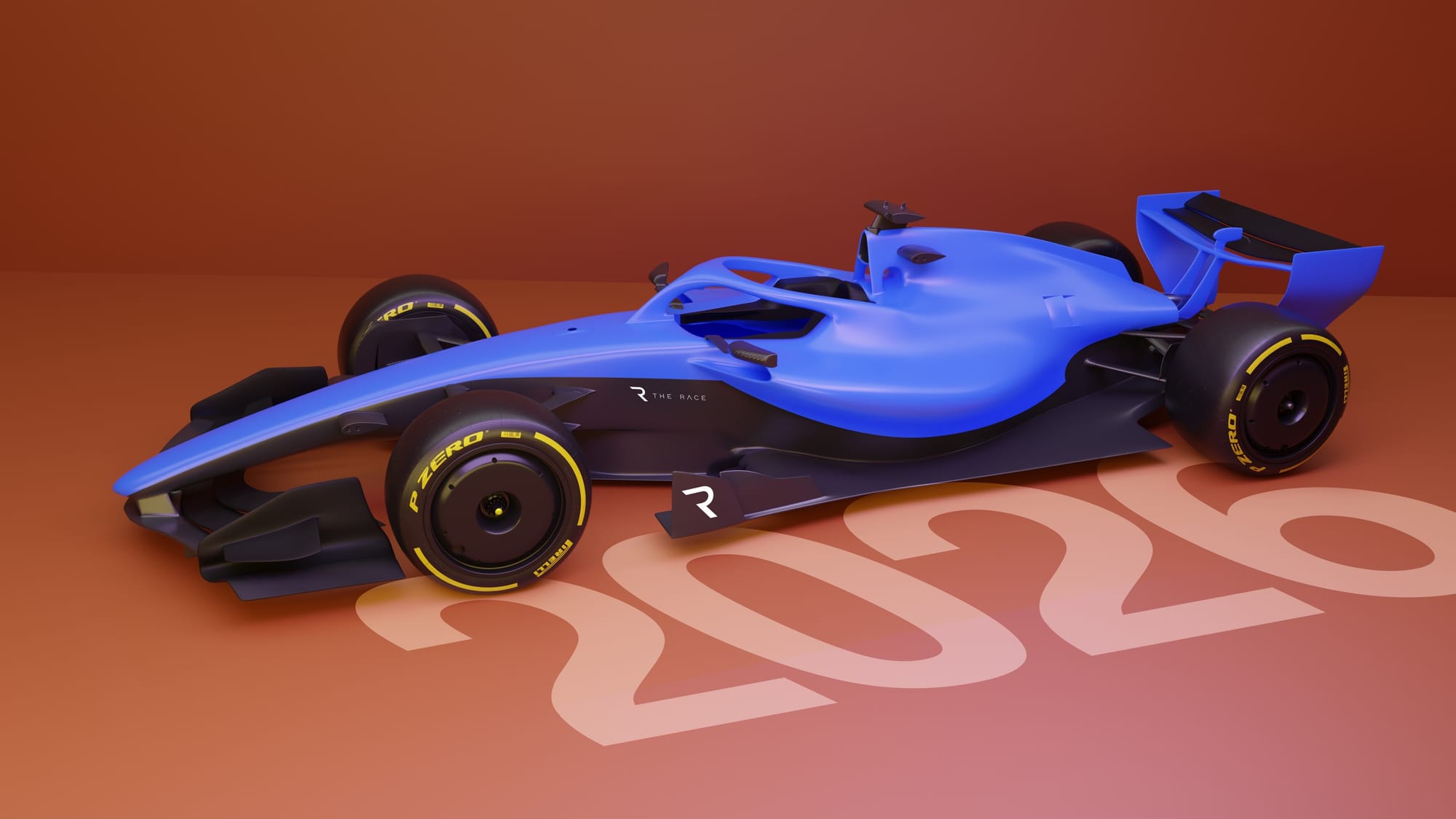

Formula 1’s 2026 regulations were founded upon one key tenet, an article of faith dictating the rulemaking decisions that followed. This was the requirement for an approximate 50/50 split of conventional internal combustion power and electrical power.
The fact that, as revealed by The Race, a proposal to drop the power of the electric motor from 350kW to 200kW (a reduction of around 200bhp) is even being countenanced is an admission that the regulations were flawed, even if that proposal is rejected.
It’s one thing to consider a change of power unit formula for 2029 or later, thanks to a change in the prevailing economic and sporting conditions, quite another to evaluate this shift. The problem of harvesting sufficient energy and the consequential impact on the performance profiles of the different cars was there from the start. Those external factors have made no difference to that.
If your core principle must be set aside - even if only temporarily and solely in race conditions - and every other facet of the regulations has been defined by the need to mitigate the compromises inherent in the power unit technology, then by definition, something has gone wrong.
While the proposed race-only change is potentially a pragmatic solution to the current concerns and therefore worth considering if the problems are as bad as some argue, this situation should never have been allowed to arise.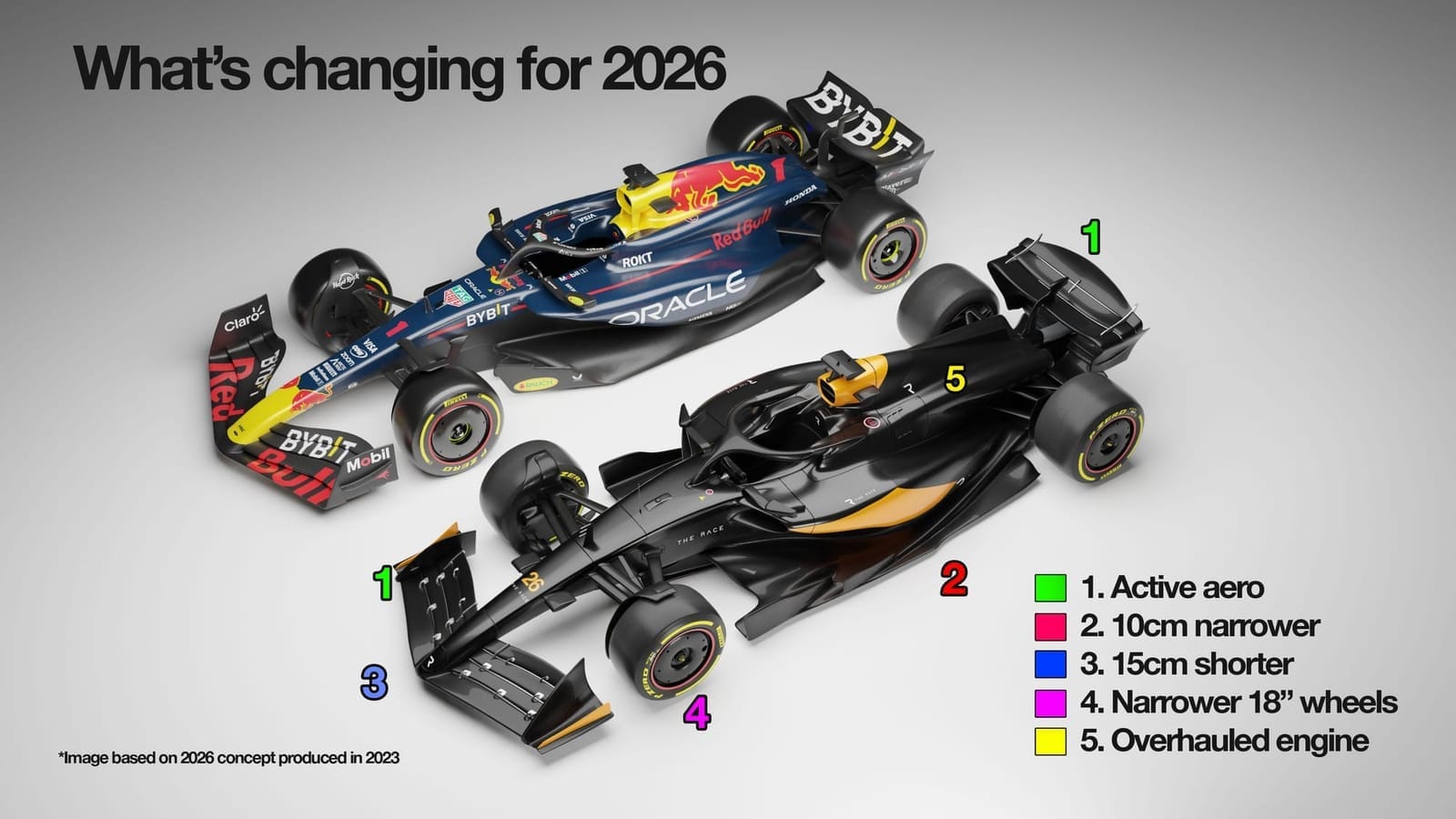
That’s because of the extent to which the chassis regulations have been butchered, sacrificed at the altar of the 50/50 split dream. Previous priorities, such as the 'raceability' of the machinery and the need to reduce the weight and size of the cars, have suffered as a result.
The rulemakers have done what they can to keep these factors in mind, and even made gains on weight, but the first order challenge has long been finding a way to ensure the cars are fast enough. That’s led to the straight and corner mode switch that reduces drag massively on the straights while maintaining corner speed.
And it’s not just the chassis rules, Pirelli was also asked to make a contribution to the drag reduction by making the tyres narrower by 25mm at the front and 30mm at the rear (a reduction of 8.2% and 7.4% respectively) while maintaining the same level of grip. Unsurprisingly, there has been criticism of the tyres and the contact patch in particular.
These compromises are justifiable in service of the primary goal. But if achieving that is uncertain enough to warrant the possibility that the electric motor can’t be used at or near its potential throughout the race, then what has it all been for? This situation could have been avoided in the conception phase, for example by permitting energy harvesting off the front axle too, but such ideas were baulked at for fear it may give manufacturers with experience of such technology in racing (ie Audi) an advantage.
And make no mistake, this isn’t a criticism solely directed at the FIA, which worked hard to balance up the demands of the various stakeholders and that, according to single-seater director Nikolas Tombazis, has come up with a rules package that will create good racing in 2026. The manufacturers themselves also played a major role.
If the one concept, that of the 50/50 power split, must be rolled back on in the race (save for when the overtaking override kicks in and allows the full 350kW), then the compromises to the cars and tyres, and the likely impact on the racing that come as a result of this, cannot now be justified - and never were.



